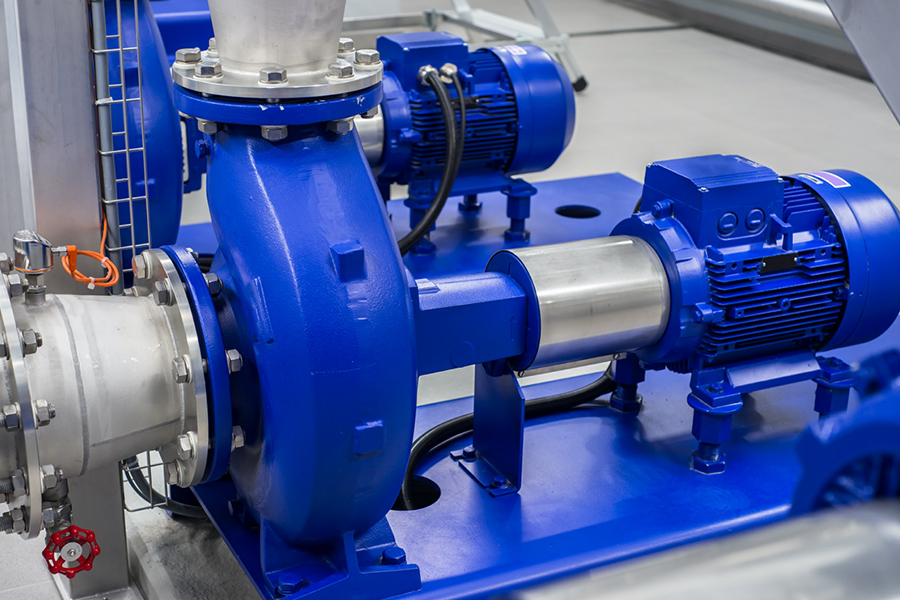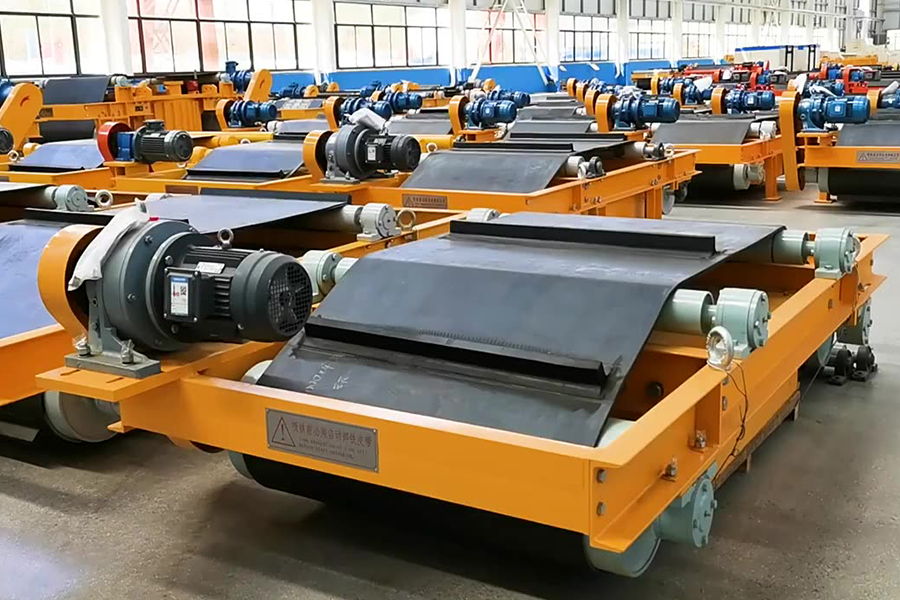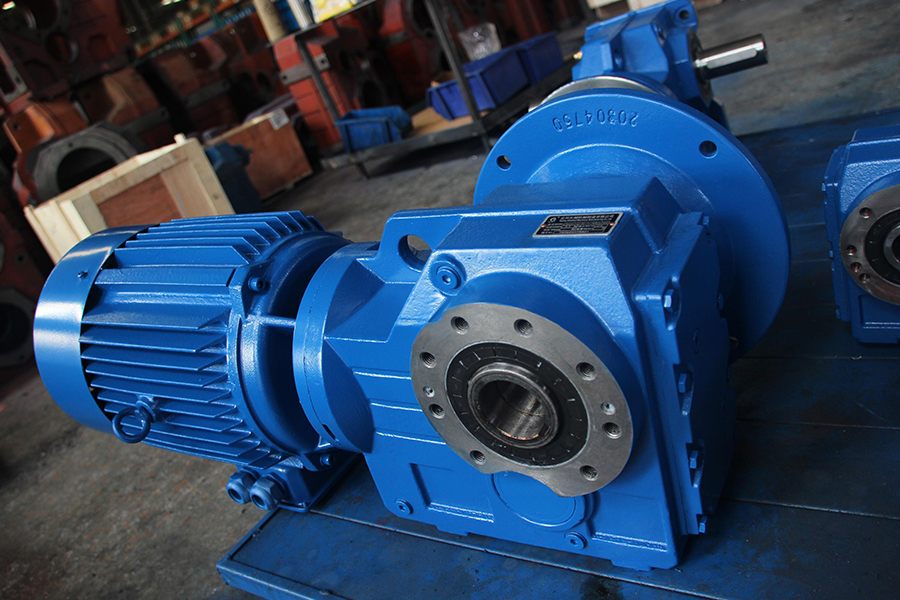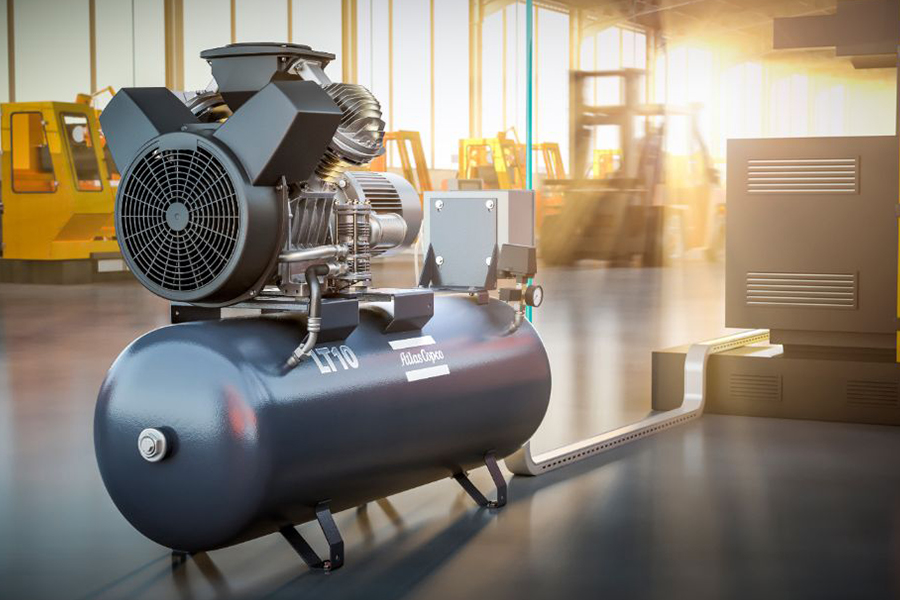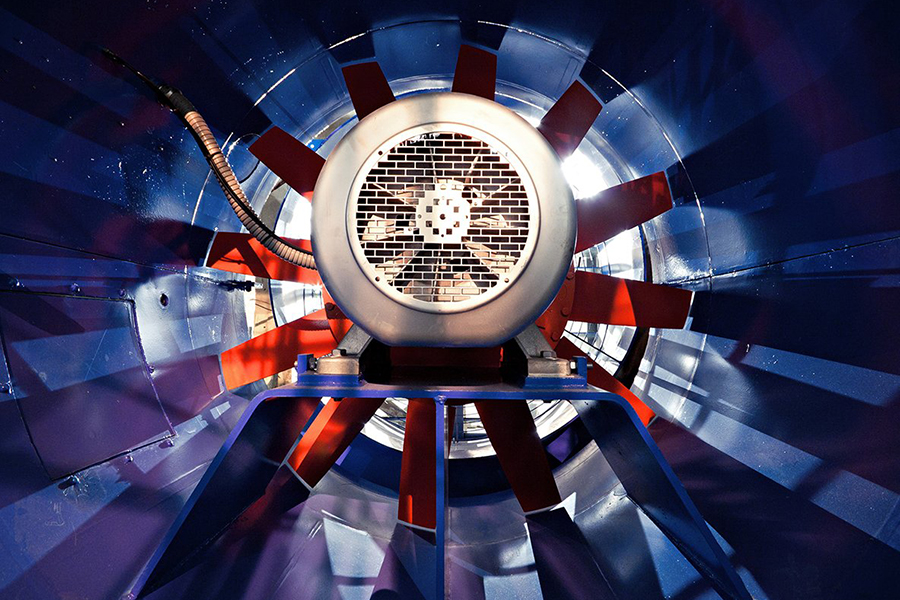In today’s industrial landscape, energy efficiency is no longer just an option—it’s a necessity. With rising electricity costs and stricter environmental regulations, manufacturers worldwide are upgrading to high-efficiency motors, particularly those meeting IE3 and IE4 efficiency standards. For asynchronous motor manufacturers, this shift represents both a challenge and an opportunity to deliver advanced solutions that reduce energy consumption without compromising performance. Similarly, frequency conversion motor technology plays a crucial role in optimizing energy use across various applications.
The Drive Toward Higher Efficiency Standards
Governments and industries are increasingly adopting IE3 (Premium Efficiency) and IE4 (Super Premium Efficiency) classifications to minimize energy waste. These standards ensure motors operate with significantly lower losses compared to older models. Asynchronous motor manufacturers have responded by refining designs, using high-quality materials, and improving manufacturing processes to meet these requirements.
One key advantage of IE3 and IE4 motors is their ability to reduce operational costs. Since motors account for a substantial portion of industrial electricity consumption, even a small improvement in efficiency can cause substantial savings. This is where frequency conversion motor systems add further value by allowing precise speed control, reducing energy use in variable-load applications.
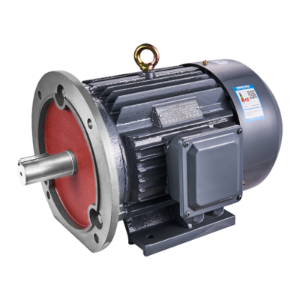
How IE3 and IE4 Motors Benefit Different Industries
Industries such as manufacturing, HVAC, and water treatment are among the biggest adopters of high-efficiency motors. For example:
Manufacturing: IE3 and IE4 motors help factories cut energy bills while maintaining high torque and reliability. Asynchronous motor manufacturers often integrate these motors with smart controls for better energy management.
HVAC Systems: Buildings consume massive amounts of electricity for heating and cooling. Upgrading to IE4-class motors, combined with frequency conversion motor technology, ensures smoother operation and lower power consumption.
Pumps and Compressors: These applications benefit greatly from high-efficiency motors, as they often run continuously. IE3 and IE4 motors reduce heat generation and extend equipment lifespan.
The Role of Frequency Conversion Motors in Energy Savings
A frequency conversion motor adjusts its speed based on real-time demand, eliminating the energy waste associated with fixed-speed motors. When paired with IE3 or IE4 efficiency motors, the energy savings can be substantial. For instance, in conveyor systems or industrial fans, a frequency conversion motor can reduce energy use by up to 30% compared to traditional setups.
Asynchronous motor manufacturers are increasingly incorporating variable frequency drive (VFD) compatibility into their designs. This ensures seamless integration with automation systems, further enhancing efficiency. The flexibility of frequency conversion motor technology makes it ideal for applications where load requirements vary, such as in packaging machinery or textile production.
Challenges and Solutions in Adopting High-Efficiency Motors
While the benefits are clear, some industries hesitate to transition due to higher upfront costs. However, the long-term savings in energy bills and maintenance often justify the investment. Asynchronous motor manufacturers are addressing this by offering motors with improved durability, ensuring a faster return on investment.
Another challenge is the need for proper motor sizing and system integration. A mismatched motor can negate potential efficiency gains. This is why consulting with asynchronous motor manufacturers who specialize in IE3 and IE4 technologies is crucial. Additionally, pairing these motors with a frequency conversion motor system maximizes their efficiency in real-world applications.
The shift toward IE3 and IE4 efficiency class motors is a strategic move for industries aiming to reduce costs and environmental impact. Asynchronous motor manufacturers play a pivotal role in this transition by delivering reliable, high-performance solutions. When combined with a frequency conversion motor, businesses can achieve even greater energy savings and operational flexibility. For companies looking to stay competitive, upgrading to high-efficiency motors is not just an option—it’s the way forward.

 English
English 中文简体
中文简体 عربى
عربى



